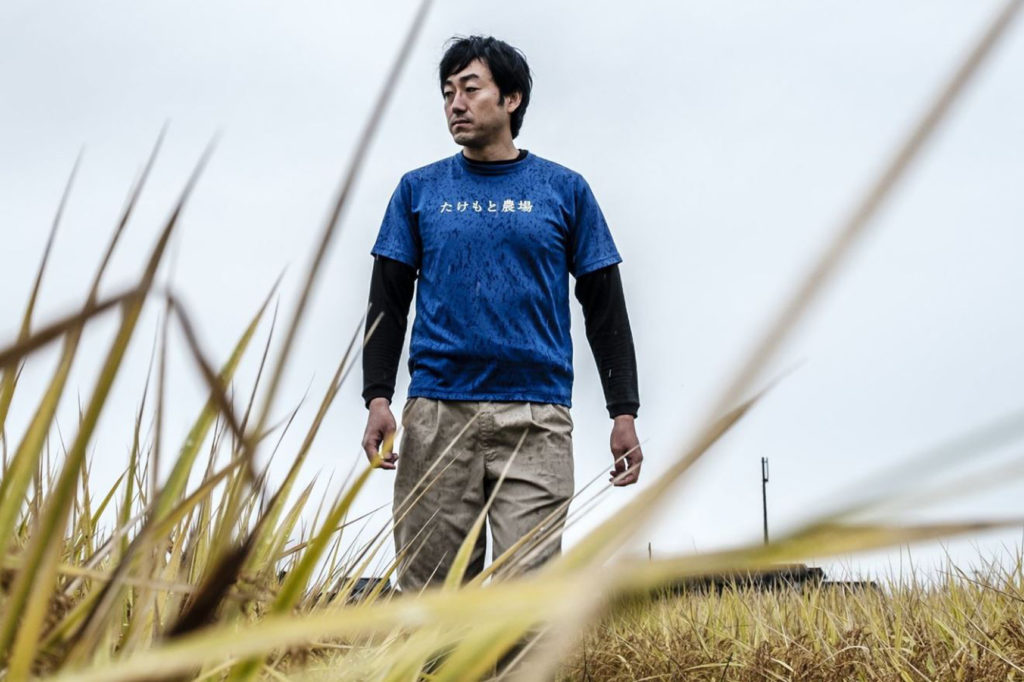
So how did a Japanese rice famer become an indirect investor in car rental company Hertz before it declared bankruptcy last year? I tracked down the answer in my final story for The Wall Street Journal before I moved to Hong Kong in 2020.
I love a good capital trace story. It’s my term for stories that track the trip that money makes around the world as it goes from the end-investor to its ultimate destination, with all the stops in between. They’re some of my favorite features to read — and write.
When the pandemic shook economies in March 2020, my colleagues and I scrambled to cover the fallout across various markets. I got assigned to examine the pandemic’s impact on the leveraged loan market, which funds debt-fueled corporate buyouts. Wall Street banks bundle those loans together and sell bonds backed by the interest and principal payments on the loans, which fund companies like Hertz.
Those securities, called collateralized loan obligations, had grown into one of the hottest corners of the structured finance market right before the pandemic (here is a visual explainer I put together that illustrates how they work). Regulators had for years worried about how years of easy credit, aggressive lending practices and other excesses in that market might ripple through the broader economy in the case of a major downturn. The coronavirus provided the stress test that regulators had feared.
Wall Street wasn’t prepared for it. Right before the onset of the pandemic, I had traveled to Las Vegas to attend the Structured Finance Association’s annual conference. It’s the largest capital markets conference in the world, immortalized in this scene from the movie “The Big Short.” I’ll never forget sitting in the giant ballroom during an opening session at which various analysts talked about potential risks to investors in 2020. Bernie Sanders had just won the Nevada primary and the panel was dominated by fears about what a Sanders administration might mean for Wall Street. It was only at the very end that one of the panelists pointed to the rapidly-spreading coronavirus and said: “If you are thinking about a ‘black swan’ event, I mean that will be the event.”
Days later, the U.S. economy shut down and Wall Street’s securitization machine ground to a halt. Companies struggled, millions got laid off and Hertz filed for bankruptcy protection alongside many other highly-leveraged issuers. My WSJ colleague Paul Davies and I wrote a few stories looking at the potential fallout for the market, including this piece about the pandemic’s sudden shock upended some of the assumptions underpinning the financial engineering behind CLOs. We later followed-up with a more in-depth explainer and the fallout for insurers and Japanese banks — some of the biggest investors behind the pre-pandemic CLO boom.
That got me thinking about the global supply chain of capital behind CLOs and how it had been upended by the pandemic. By that time, the Federal Reserve’s massive $2.3 trillion intervention in the economy had put eased investors’ worst fears and the CLO market began recovering (even though the Fed’s direct support for CLO debt was limited). So I figured a capital trace story might be the best way to explain what was going on in the market and why it mattered.
To make these stories work, you need to do a ton of reporting and find every stop that a dollar makes along the way from its original source to its ultimate destination — in this case, bankrupt borrowers like Hertz, whose struggles were the source of the uncertainty gripping CLO markets. Because the biggest CLO investor in the world was Japan’s Norinchukin Bank, I teamed up with my colleague Megumi Fujikawa in Tokyo, who helped me figure out how Norinchukin sourced the capital it used to buy CLO bonds. I took the other end of things, from U.S. on through the Cayman Islands, where most CLO issuers are based thanks to its favorable tax rules. Tying the capital links together required analyzing capital flows data, sourcing documents and interviews to verify which deals Norinchukin had invested in, and which of those deals had an interest in Hertz.
The result was our Nov. 5, 2020 story about how Norinchukin had invested in CLOs using deposits from farmers like Shogo Takemoto in Japan’s Ishikawa Prefecture, where the capital went after the bank invested the funds, and how that whole machinery had ground to a halt (Norinchukin temporarily paused investments in CLOs in 2020 as it assessed the fallout from the pandemic). And now that CLO issuance is recovering, the same process is starting back up.
It was a lot of fun to work on this story. I’m especially grateful to Megumi for her help and to Brad Setser at the Council on Foreign Relations, who helped me understand the international capital flows data crucial to my analysis.